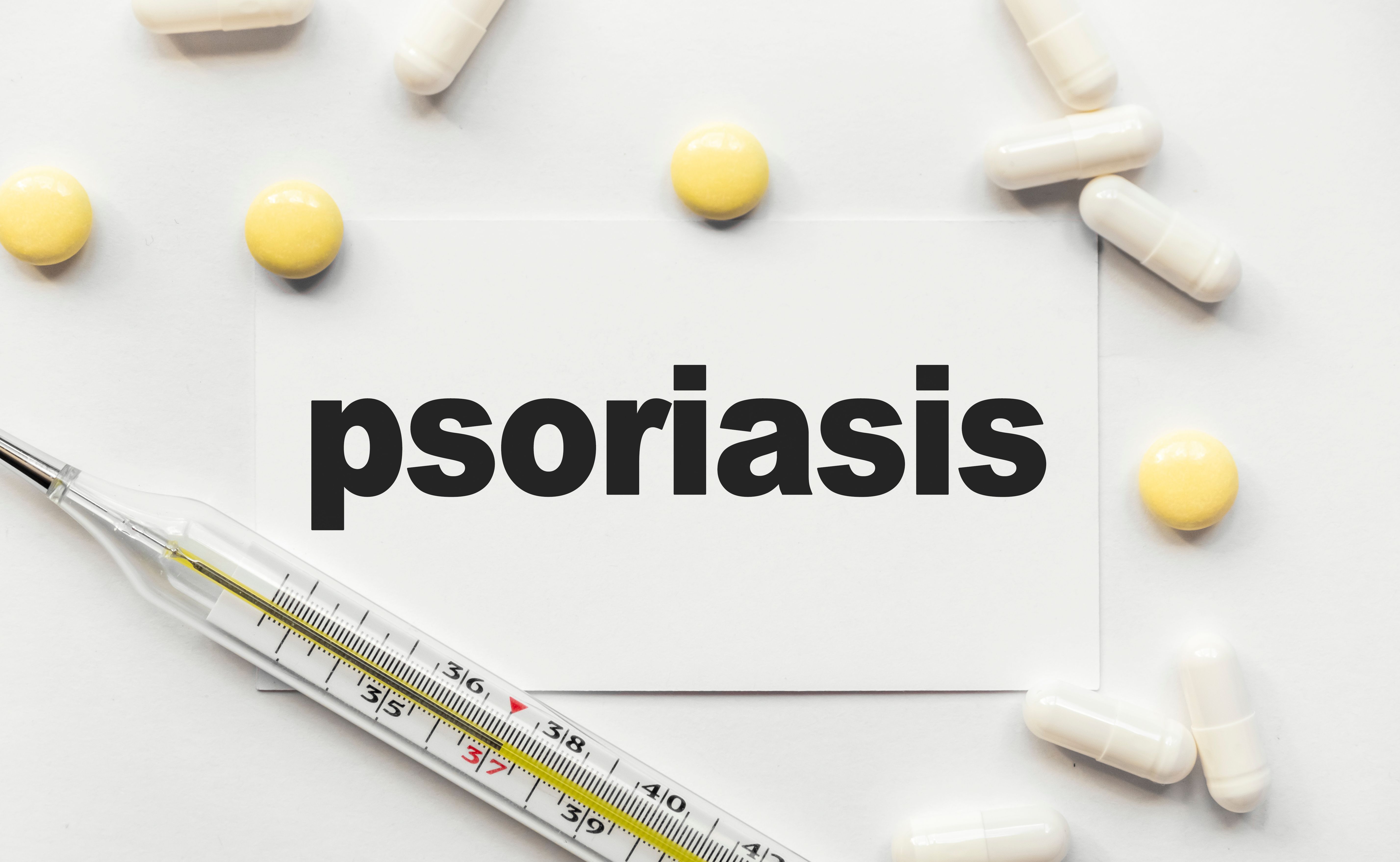Article
Productivity Loss and Indirect Costs Due to Psoriasis in the United States
Author(s):
Background
Teeple and colleagues sought to evaluate work-related productivity loss and indirect costs as related to the severity of psoriasis among patients in the United States.1 The researchers presented the results of their assessment at the 2019 Annual Meeting of the American Academy of Dermatology.
Methods
Data from the 2017 Adelphi Psoriasis Disease Specific Programme were analyzed. Information concerning time absent from work, time spent working while sick (presenteeism), and work productivity loss was obtained from the responses of 261 patients with psoriasis who had completed a Work Productivity and Activity Impairment questionnaire. The information was converted to indirect costs using income data from the 2017 United States Census.2
Results
Psoriasis severity was classified based on percentage of body surface area (BSA) affected. In patients with mild psoriasis (n = 132), 0% to 2% of BSA was affected; in patients with moderate psoriasis (n = 98), 3% to 10% of BSA was affected; and in patients with severe psoriasis (n = 31), more than 10% of BSA was affected. A greater proportion of patients with severe disease received a biologic therapy. Patient-reported work productivity loss, impaired activity, and presenteeism all increased significantly (P <.05) with severity of psoriasis. The same trend was evident for indirect costs due to loss of work productivity per patient per year, which ranged from $4095 for patients with mild psoriasis, to $9149 for patients with moderate psoriasis, and $16,252 for patients with severe psoriasis. The number of work hours lost also increased with severity of psoriasis. Patients with mild disease lost 137.3 hours, those with moderate disease lost 309.9 hours, and those with severe disease lost 551.2 hours.1
Limitations
Because the study was based on patient and physician survey responses, recall bias is possible. Also, the economic burden of those who were unemployed due to their psoriasis was not assessed.1
Conclusions
The analysis revealed the substantial economic burden of psoriasis due to work-related productivity loss, ranging from $4095 for patients with mild psoriasis to $16,252 for patients with severe psoriasis. The results also showed that costs due to work-related productivity loss increased with increasing patient income.1
References
1. Teeple A, Villacorta R, Lucas J. et al. An assessment of work-related productivity loss and indirect costs for patients with psoriasis. Presented at: the 2019 Annual Meeting of the American Academy of Dermatology; March 1-5; Washington, DC. Abstract 8319.
2. Fontenot K, Semega J, Kollar M. Income and Poverty in the United States: 2017. United States Census Bureau. www.census.gov/library/publications/2018/demo/p60-263.html. Published September 2018. Accessed October 25, 2019.





